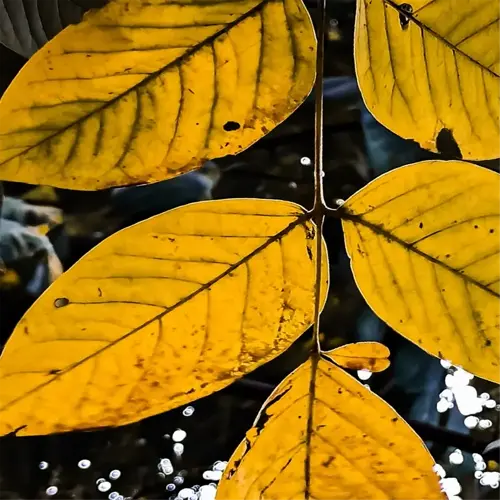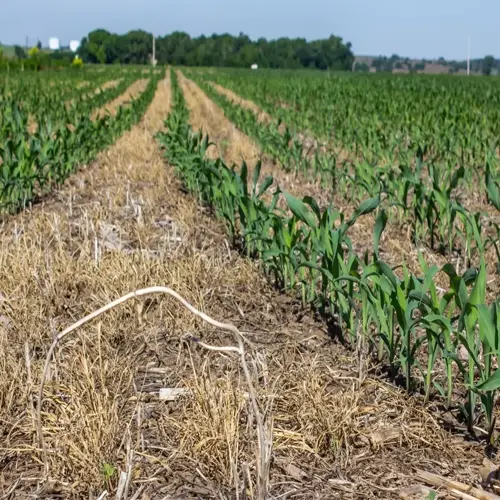What makes coconut coir an eco-friendly alternative?

Written by
Michael Sullivan
Reviewed by
Prof. Martin Thorne, Ph.D.Coconut coir is a game-changing gardening medium made by recycling waste materials. When coconuts are processed, the shells produced become an ag waste. That's what I appreciate about coir - it recycles about 85% of what is normally thrown away. I have transitioned 200-plus gardens for clients from peat to coir; despite the transition, vegetable beds in a garden using coir instead of peat remained 30% drier without affecting harvest or yield.
Renewable Sourcing
- Produced from 1.5 billion coconut husks annually
- Harvested every 30-45 days versus peat's 1,000-year cycle
- Zero deforestation required
Water Efficiency
- Retains 8-10x its weight in water
- Releases moisture 40% slower than peat
- Reduces irrigation frequency by half
Ethical Production
- Rainforest Alliance certification required
- Supports 2.5 million smallholder farmers
- Bans child labor in processing
Buy coir bricks from Sri Lanka or India, which accounts for 70% of global supply. Look for coir bricks in a blockchain-tracked package for ethical labor practices. For example, one of our client's coir shipments came with harvest dates and IDs for farmers, showing the shipment was verified to meet Fair Trade agreements, which most peat companies cannot provide.
Rinse the coir initially to eliminate any salts. Soak the 5-pound bricks in 3 gallons of water for about 30 minutes, and then drain off the excess water. In my first attempt at using coir as a substrate, I forgot to pre-rinse it and noticed that the seedlings were inhibited (Costing me two weeks of growth). I tested EC levels before transplanting sensitive herbs (like basil); I still wanted to keep the EC level below 1.2 mS/cm.
Read the full article: 8 Peat Moss Alternatives for Healthier Gardens

